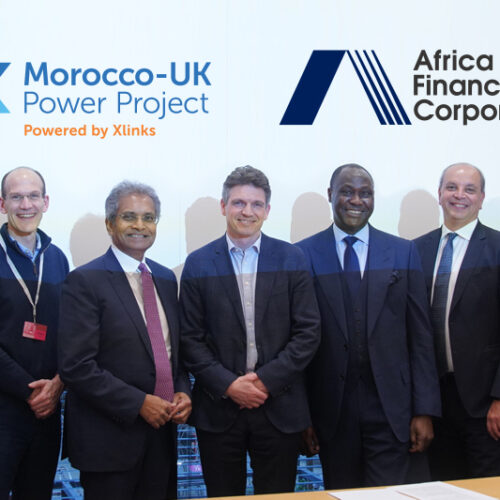Drax Insight’s latest Electric Insights report for Q2 2018 has revealed that coal generation fell to new lows between April and June, responsible for 1.3% of the country’s power mix over the period and less than 1% in June alone.
Furthermore, the UK power mix was coal-free for a total of 812 hours in Q2 – equivalent to 37% of the period – which is more than the total number of hours without coal in both 2016 and 2017 combined.
Those figures have led Drax Group to conclude that the country could “likely” operate throughout the summer without the need for coal generation. Coal is now used mainly for system stability and predominantly overnight.
But there is also mounting evidence that the decarbonisation of the UK power sector is slowing. Q2 2018 carbon intensity amounted to 195g CO2/kWh, representing significant progress towards the 100g CO2 target which is to be reached by 2030.
Drax Insights has however noted that this figure is just 2% lower than grid carbon intensity in the corresponding quarter last year, with new renewables investment and deployment stalling, leading Drax to conclude that the “era of slow progress may already be upon us”.
The company states that the UK power mix has settled on a similar pattern – a quarter each from nuclear and renewables, 40% from gas, 8% from imports and ~2% from coal – but without a further shift towards low carbon sources, those percentages, and carbon intensity, are unlikely to budge.
And Drax points to diminishing policy support as having left it unclear to what extent renewables capacity will grow over the next ten years.
Set against the backdrop of delayed and often troubled new nuclear development, there is growing uncertainty as to where decarbonisation goes from here.
“Continued progress can be achieved, but will require renewed focus to translate the switch from coal to gas into a switch from gas to low-carbon sources.
“The key question is whether government is willing to continue intervening in the electricity market to maintain its world-leading status on carbon reductions and to provide investors with the long-term security they need to finance construction, whilst maintaining public support towards clean energy,” the report states.





